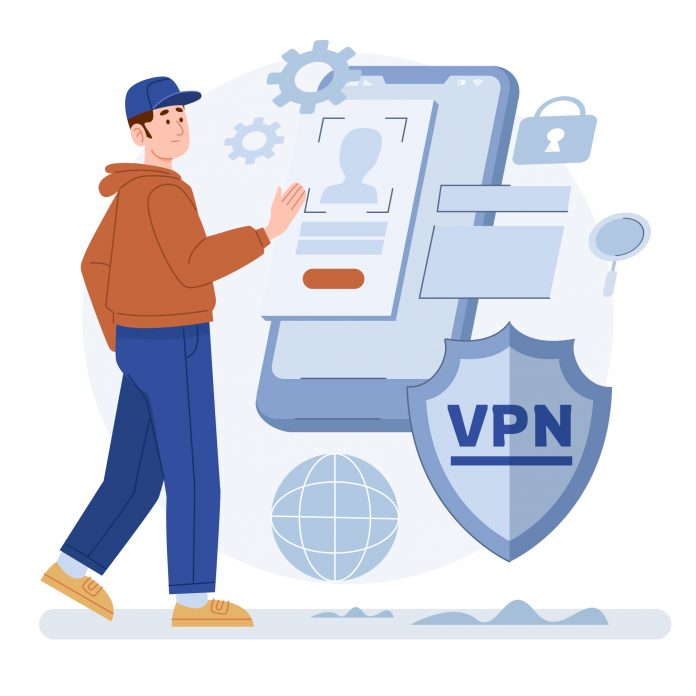Remote work has transformed from a temporary fix into a lasting component of the modern workplace. Businesses of all sizes are adopting flexible work models, leading to increased demands on IT infrastructure. Ensuring connectivity, maintaining productivity, and prioritizing security have become essential as companies manage teams spread across various locations. Traditional IT systems, once tailored for office environments, are being reengineered to support remote access. This shift has prompted investments in secure networks, cloud solutions, and advanced cybersecurity measures. Understanding how remote work is reshaping IT infrastructure is vital for businesses aiming to stay ahead.
Adapting Infrastructure for a Distributed Workforce
With employees working from homes, cafes, or any place with an internet connection, companies have had to rethink their IT setups. Office-centric networks that rely on controlled access points are no longer sufficient. Many businesses are turning to cloud-based solutions that allow secure access to company resources from anywhere. This transition involves more than just adopting new tools; it requires a fundamental change in network management strategies. Virtual Private Networks (VPNs), once optional, have become essential for establishing secure connections between remote workers and central servers. However, VPNs are just one piece of the puzzle. Scalability, flexibility, and robust security measures must work together to ensure that IT infrastructure can support an evolving remote workforce.
Enhancing Security in Decentralized Networks
Securing networks is one of the biggest challenges in the era of remote work. In traditional office settings, security protocols could be tightly enforced. Now, employees access company systems through home networks, which may lack stringent security measures. This situation increases vulnerability to cyberattacks. Protecting sensitive data requires a multifaceted approach, including end-to-end encryption and secure access gateways. Managed detection and response services play a critical role by providing real-time monitoring and swift responses to threats. With MDR, businesses can ensure that data remains protected, regardless of where employees are working.
Leveraging Cloud Technologies for Collaboration
The adoption of cloud technology has been a game-changer for companies adapting to remote work. By migrating data and applications to cloud platforms, businesses have unlocked new levels of flexibility and efficiency. Employees can collaborate seamlessly, accessing shared resources without relying on physical servers. While the benefits, such as scalability and cost-effectiveness, are significant, the cloud also introduces new security considerations. With more companies relying on cloud systems, it’s essential to secure these environments against potential threats.
Fostering a Culture of Security Awareness
Technology alone isn’t enough to keep a business secure; employees play a critical role as well. Human error can often be the weakest link in cybersecurity. Cultivating a culture that prioritizes security is essential. Regular training on best practices helps employees recognize risks like phishing attempts or insecure networks. Encouraging habits such as using strong passwords and keeping software up to date can significantly reduce vulnerabilities. This is especially important in remote work settings where employees are working from their homes or a public area. In such settings, there might be more threats to security. This is why it’s important to foster a culture of security awareness among all team members.



